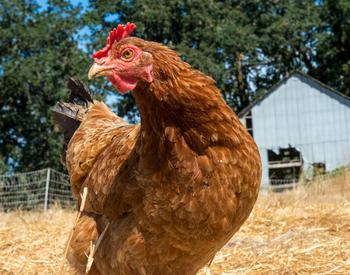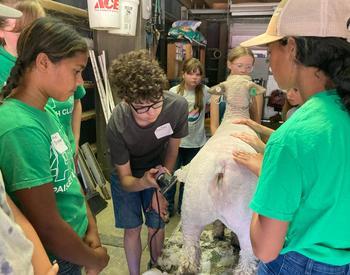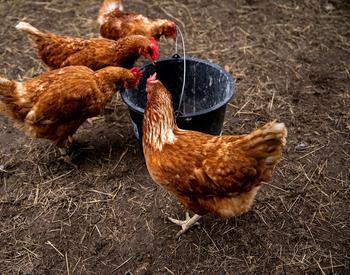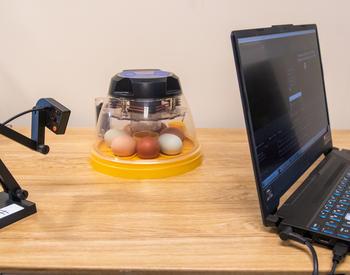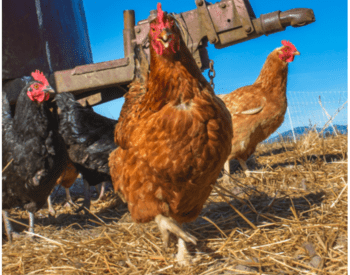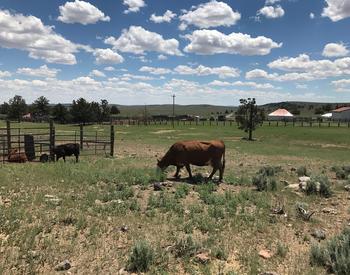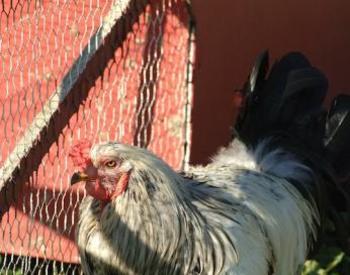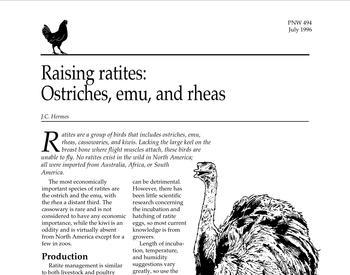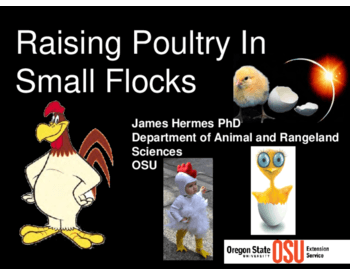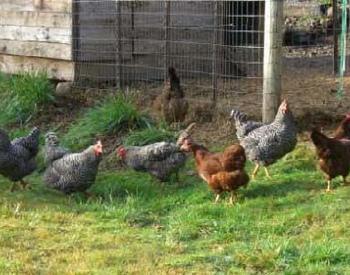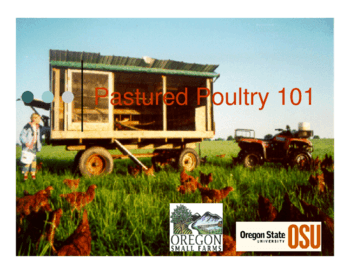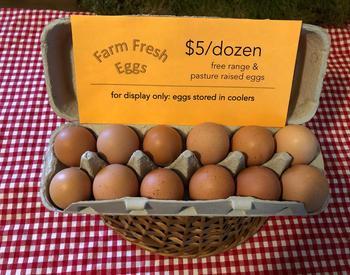There has been interest by small-scale poultry producers to not feed soybean meal to their chickens. The reasoning behind this trend varies, but most producers have health concerns regarding soy for both their birds and humans who eat meat and eggs from birds fed soy.
In addition, there is concern that most soy produced in the US is a genetically modified organism; most soy has been genetically manipulated so that it is resistant to Roundup, a widely used herbicide. There are also concerns that soy is not grown locally. Most is grown in the Midwest and transported to the Pacific Northwest by rail car. This is of particular concern for those who consider themselves “locavores,” those who prefer to only consume products produced close to home.
Why is soybean meal a major ingredient in poultry feed (about 30%)? For decades, soy has been known to be an excellent feed ingredient for poultry and other livestock; this is why it will be produced at levels expected to exceed 3.5 billion bushels in 2010. It is a high-protein feedstuff (>45% crude protein) and it contains high levels of linoleic acid, an essential nutrient in animal diets.
Since it is so useful and available, the poultry industry has little interest in finding alternatives. Therefore, there has not been a lot of work on other ingredients that may be adequate substitutes for soy. The question then arises, what is an adequate substitute?
First, an adequate substitute must have an adequate supply, have the proper nutrient levels and be affordable. So, what is available in the Pacific Northwest that is an adequate soy substitute?
In the past, animal products such as fish meal, meat meal, meat and bone meal, blood meal, and poultry byproduct meal have been used successfully in poultry diets. They are all high in protein and other nutrients; however, the supply has been reduced in recent years because feed mills that make feed for ruminant animals, cattle and sheep, can no longer use these products due to the potential of mad cow disease.
Poultry are unaffected by this problem. Other issues with animal products include food safety and the potential of receiving contaminated product. And finally, organic production doesn’t allow the use of animal products in diets.
Cereal grains
Cereal grains are typically low in protein, between 7% and 12%, and generally high in fiber. The energy level (starch) varies from very low (oats) to quite high (corn). Some cereal grains such as wheat and barley contain compounds that are not well-digested by poultry and may need supplemental enzymes added to the feed to aid digestion if fed in levels above 10% or 20% in the diet.
Legume grains
This group includes the dry beans, peas and lentils. Since soy is a legume these would appear to be an obvious choice. However, compounds including tannins, oligosaccharides, and enzyme inhibitors that are found at high levels in most of these grains severely affect growth in poultry, especially in beans, with peas providing adequate growth at 30% in the diet or less.
Since soy is processed with heat, these compounds are virtually eliminated as a problem. So with some processing, beans and peas may become a usable ingredient, but more work is needed.
Other
Canola and camelina are relatively new as poultry-feed ingredients but show some promise. They are not, however, without problems. They are related to mustard and cabbage, and as such they include compounds that can cause problems when fed to poultry.
Canola, when fed at an amount higher than about 10% in the diet, causes eggs produced by many brown egg layers to smell and taste fishy, and camelina has a similar property and is only approved to be fed to broiler chickens as a level of less than 10%.
Conclusion
Poultry feeding is heavily dependent on soy as an ingredient. It will take some time to identify adequate substitutes that are locally produced and that support poultry growth and egg production. Unlike ruminants, which can thrive on forages, poultry require a balanced diet. Therefore, poultry diets must contain proper ingredients at the proper levels for productive chickens.
